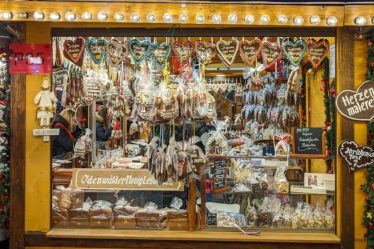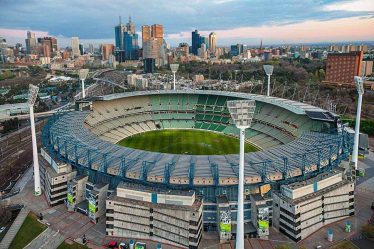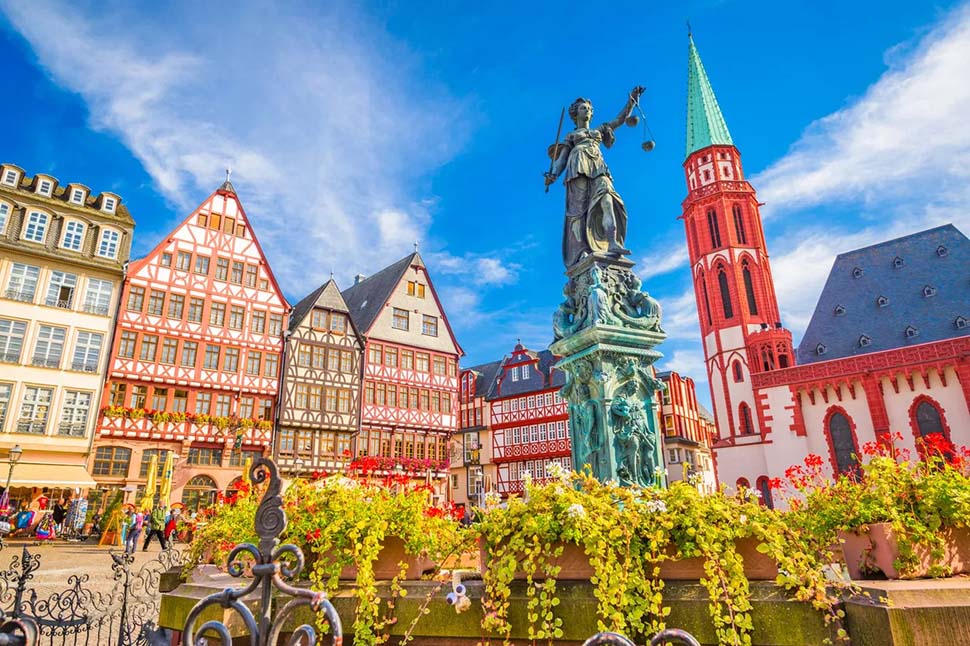
Frankfurt am Main, often simply known as Frankfurt, is a city that harmoniously blends the old with the new. With its striking skyline, historic neighborhoods, and vibrant cultural scene, it’s a destination that offers something for everyone. Whether you’re a history enthusiast, a modern architecture lover, or someone who enjoys green spaces, Frankfurt’s landmarks will not disappoint.
1. Römerberg: The Historic Heart of Frankfurt
Location and How to Get There
Located in the Altstadt (Old Town) district, the Römerberg is the central square of Frankfurt and has been the site of city life since the Middle Ages. It’s easily accessible by public transport, with the closest U-Bahn station being Dom/Römer (U4/U5 lines).
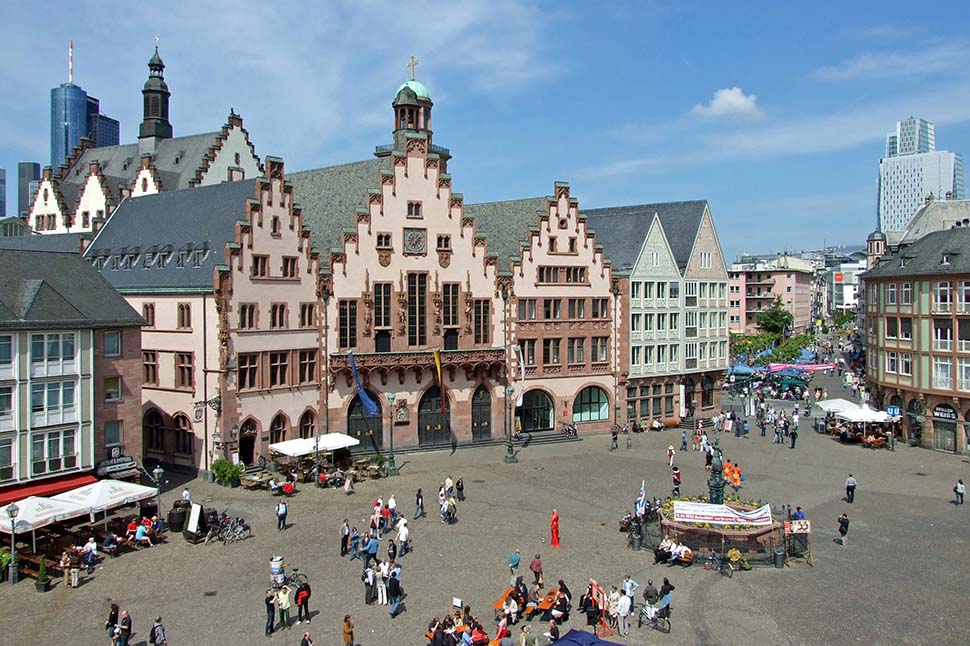
Historical Significance and Attractions
Römerberg is Frankfurt’s historical core and one of its most picturesque spots. The square is surrounded by beautifully reconstructed half-timbered houses that evoke the city’s medieval past. The Römer, the most famous building in the square, has been the city hall for over 600 years. Its three-gabled facade is iconic, and inside, the Kaisersaal (Emperor’s Hall) is where Holy Roman Emperors were once crowned.
In the center of the square stands the Fountain of Justice (Gerechtigkeitsbrunnen), symbolizing the city’s commitment to fairness. Römerberg is also the site of various cultural events, including the famous Frankfurt Christmas Market, which transforms the square into a festive wonderland during the winter months.
Personal Experience and Recommendations
Walking through Römerberg feels like stepping back in time. The square’s architecture is stunning, and it’s a great place to start your exploration of Frankfurt. I recommend visiting the square early in the morning to enjoy it without the crowds, and then returning in the evening to see it illuminated. If you’re there during the Christmas season, don’t miss the market – the atmosphere is magical.
Nearby Attractions
- Frankfurt Cathedral (Kaiserdom): Just a short walk from Römerberg, this impressive Gothic cathedral is another must-see. It was the site of coronations for Holy Roman Emperors and offers a climb to the top for panoramic views of the city.
- Historical Museum Frankfurt: Located on the south side of the square, this museum provides an in-depth look at the city’s history from medieval times to the present.
2. The Palmengarten: A Botanical Paradise
Location and How to Get There
Situated in the Westend-Süd district, the Palmengarten is one of the largest botanical gardens in Germany. It’s easily accessible by the U-Bahn, with the nearest stations being Bockenheimer Warte (U4/U6/U7 lines) or Westend (U6/U7 lines).
Exploring the Garden
The Palmengarten is a haven for plant lovers and those looking to escape the urban hustle. Spread over 22 hectares, the garden features a stunning array of plants from all over the world, housed in both outdoor and indoor settings. The Tropicarium, a series of greenhouses, simulates different tropical environments, from the humid rainforests to dry deserts.
The Rose Garden is another highlight, especially during the blooming season when it’s awash with color and fragrance. The Palm House, with its towering palms and lush greenery, is a reminder of the garden’s origins in the 19th century. The Palmengarten is also home to various themed gardens, including a rock garden, a bamboo grove, and a Mediterranean garden.
Events and Activities
The Palmengarten hosts numerous events throughout the year, including flower shows, concerts, and educational programs. The annual “Rose and Light” festival is particularly popular, where the garden is beautifully illuminated, creating a romantic and enchanting atmosphere.
Personal Experience and Recommendations
The Palmengarten is one of my favorite spots in Frankfurt. It’s perfect for a leisurely stroll, and I’ve spent many afternoons there just soaking in the tranquility. The variety of plants is astounding, and each season brings something new to discover. If you’re visiting in the summer, pack a picnic and enjoy it on the lawn by the lake. The garden’s café also offers a lovely spot to relax with a coffee or a light meal.
Ticket Information
- Entry Fee: The standard adult entry fee is around €7, with reduced rates for students and seniors. Children under the age of 14 can enter for €2.
- Opening Hours: The garden is open daily from 9:00 AM to 6:00 PM. During the winter, the opening hours are slightly reduced.
3. The Main Tower: Frankfurt from Above
Location and How to Get There
The Main Tower is located in Frankfurt’s financial district (Bankenviertel), at Neue Mainzer Straße 52-58. The tower is easily accessible by public transport, with the nearest U-Bahn station being Willy-Brandt-Platz (U1/U2/U3/U4 lines).
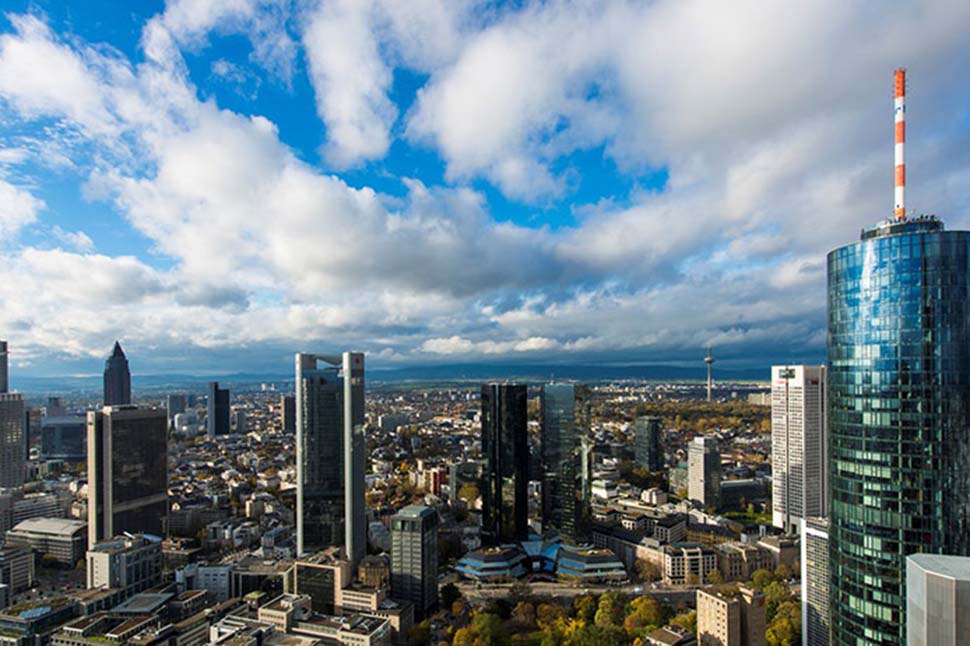
The Sky-High Experience
Standing at 200 meters, the Main Tower is one of Frankfurt’s tallest skyscrapers and the only one with a public viewing platform. The observation deck offers stunning 360-degree views of the city, the River Main, and the surrounding area. On clear days, you can see as far as the Taunus mountains.
The Main Tower is also home to a restaurant and lounge on the 53rd floor, where you can enjoy a meal or a drink with a view. The building’s design is notable for its cylindrical shape and glass facade, which reflect the city’s modern architectural trends.
Personal Experience and Recommendations
Visiting the Main Tower’s observation deck is an absolute must, especially if it’s your first time in Frankfurt. The view is breathtaking, and it gives you a great perspective on the city’s layout. I recommend going in the late afternoon and staying until sunset – watching the city light up as the sun goes down is truly magical. The restaurant is on the pricier side, but it’s worth it for a special occasion.
Ticket Information
- Entry Fee: The entry fee for the observation deck is around €9 for adults and €6.50 for children, students, and seniors.
- Opening Hours: The observation deck is open daily, but hours vary depending on the season. It’s typically open from 10:00 AM to 7:00 PM, with extended hours on Fridays and Saturdays.
4. The Goethe House: A Step Back in Literary History
Location and How to Get There
Located at Großer Hirschgraben 23-25, the Goethe House is in the Innenstadt district, close to Frankfurt’s city center. It’s easily accessible by public transport, with the nearest U-Bahn station being Hauptwache (U1/U2/U3/U8 lines).
A Literary Pilgrimage
The Goethe House is the birthplace of Johann Wolfgang von Goethe, Germany’s most famous writer and poet. The house has been meticulously restored to reflect the period when Goethe lived here, offering visitors a glimpse into the life and times of the literary giant.
The museum features rooms furnished with period pieces, including the study where Goethe wrote his early works. The adjacent Goethe Museum houses a vast collection of paintings, manuscripts, and other artifacts related to Goethe’s life and work.
Personal Experience and Recommendations
Visiting the Goethe House is a deeply enriching experience, especially if you’re a fan of literature. Walking through the rooms where Goethe spent his formative years feels like stepping into a different era. The museum’s collection is impressive, and the staff are knowledgeable and passionate about Goethe’s legacy. I recommend taking the guided tour to get the most out of your visit.
Ticket Information
- Entry Fee: The standard entry fee is around €10, with discounts for students, seniors, and groups. Children under six can enter for free.
- Opening Hours: The Goethe House is open daily from 10:00 AM to 6:00 PM.
5. Städel Museum: Frankfurt’s Artistic Gem
Location and How to Get There
The Städel Museum is located on the south bank of the River Main at Schaumainkai 63. It’s part of the Museumsufer (Museum Embankment) and is easily accessible by tram (line 15, 16, 19) or by walking across one of the pedestrian bridges from the city center.
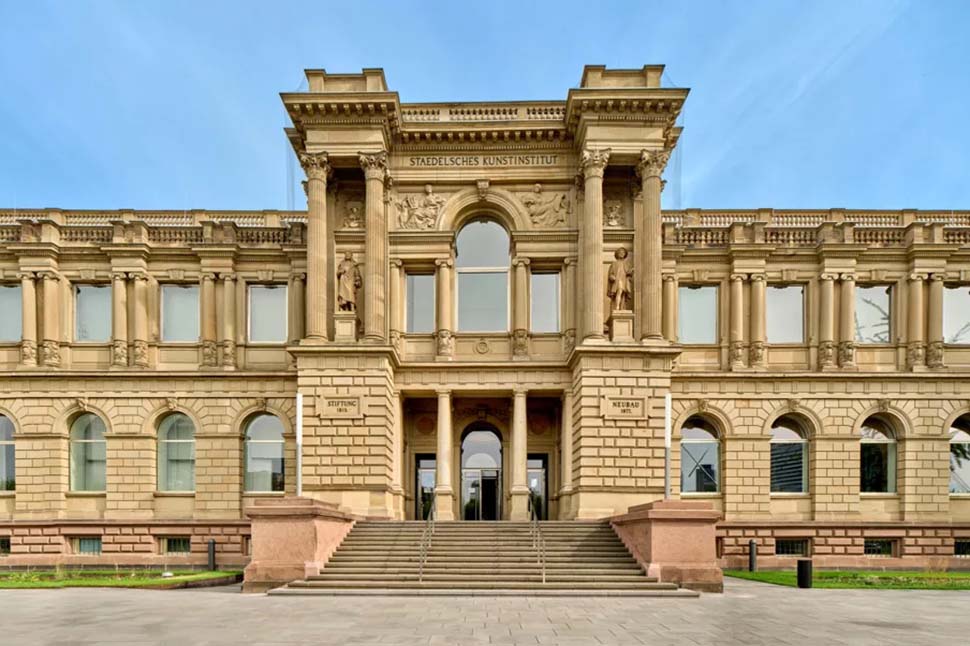
Exploring the Collection
The Städel Museum is one of Germany’s most important art museums, with a collection that spans 700 years of European art. The museum’s highlights include works by masters such as Rembrandt, Vermeer, Monet, Picasso, and Beckmann, as well as contemporary artists.
The museum’s architecture is also noteworthy, blending the historic 19th-century building with a modern underground extension that houses contemporary art. The Städel offers a diverse program of temporary exhibitions, workshops, and lectures, making it a dynamic cultural hub.
Personal Experience and Recommendations
The Städel Museum is a must-visit for art lovers. The collection is vast and varied, offering something for everyone, from Renaissance masterpieces to cutting-edge contemporary art. I particularly enjoyed the museum’s layout, which allows you to explore the art chronologically. If you’re short on time, prioritize the highlights tour offered by the museum. Don’t forget to visit the museum café – it’s a lovely spot to relax with a coffee and reflect on the art.
Ticket Information
- Entry Fee: The standard entry fee is around €16, with reduced rates for students and seniors. Children under 12 can enter for free.
- Opening Hours: The museum is open from Tuesday to Sunday, with extended hours on Wednesdays and Thursdays.
6. Eiserner Steg: The Iconic Iron Footbridge
Location and How to Get There
Eiserner Steg is located in the heart of Frankfurt, connecting the city center with the district of Sachsenhausen across the River Main. The bridge is within walking distance from Römerberg and is also accessible via tram (line 11) to the nearby stop “Römer/Paulskirche.”
A Bridge with a View
The Eiserner Steg (Iron Footbridge) is a pedestrian bridge that offers one of the best views of Frankfurt’s skyline. Built in 1868, the bridge has become an iconic symbol of the city. It’s particularly popular with couples, who attach “love locks” to the railings as a symbol of their commitment.
The bridge offers a stunning perspective of the city’s juxtaposition of old and new – on one side, the historical Altstadt, and on the other, the towering skyscrapers of the financial district. The view at sunset is particularly spectacular, with the skyline reflected in the river.
Personal Experience and Recommendations
Crossing the Eiserner Steg is one of my favorite experiences in Frankfurt. The view of the city from the bridge is unparalleled, and it’s a great spot for photography. If you’re a romantic at heart, bring a lock to add to the collection on the bridge. After crossing the bridge, I recommend exploring Sachsenhausen, a lively district known for its traditional apple wine taverns.
Nearby Attractions
- Museumsufer: On the Sachsenhausen side of the bridge, you’ll find the Museumsufer, home to many of Frankfurt’s top museums, including the Städel, the German Film Museum, and the Museum of Applied Arts.
- Apfelwein Tavern: After your walk, stop by one of the local apple wine taverns in Sachsenhausen for a taste of Frankfurt’s traditional drink.
Frankfurt is a city that offers a rich blend of history, culture, and modernity. From the medieval charm of Römerberg to the contemporary art at the Städel Museum, there’s something here for every traveler. Each of these landmarks offers a unique perspective on the city, whether you’re admiring its skyline from the Main Tower or exploring its literary heritage at the Goethe House.
As someone who loves to explore cities deeply, Frankfurt surprised me with its diversity and vibrancy. It’s a city that invites you to take your time, whether you’re wandering through its historic streets, relaxing in its gardens, or taking in its skyline.

